Hedgehogs are well-known for their distinctive spiny backs, which serve as a defense mechanism against predators. These nocturnal mammals possess excellent eyesight and a keen sense of smell, allowing them to find a wide variety of omnivorous foods—ranging from fruits and fungi to carrion and live prey like worms, small mammals, and even snakes, as they are immune to venom. Belonging to the family Erinaceidae, hedgehogs are diverse and adaptable. In this article, we will explore 16 notable species of land-dwelling hedgehogs and clarify whether they are related to sea urchins.
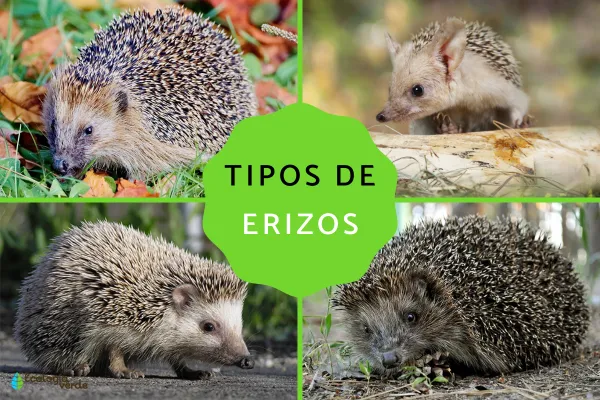
Native to southern Africa, this species prefers dense grasslands, gardens, and shrublands. It has a dark face, a white collar across the neck, and spines that are white with brown stripes. It measures 15–20 cm and weighs 260–600 grams. Its feet have five toes. This species is protected under CITES due to its endangered status, and its trade is heavily regulated.
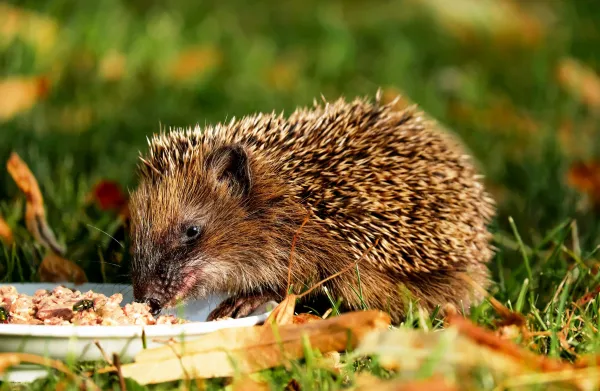
Found in deserts across North Africa, the eastern Mediterranean, and Central Asia, this hedgehog has evolved large ears to help dissipate heat. It is slightly more slender than other species, with a body length of 14–28 cm and striped spines measuring up to 1.5 cm. Its limbs are also longer than those of most hedgehogs.
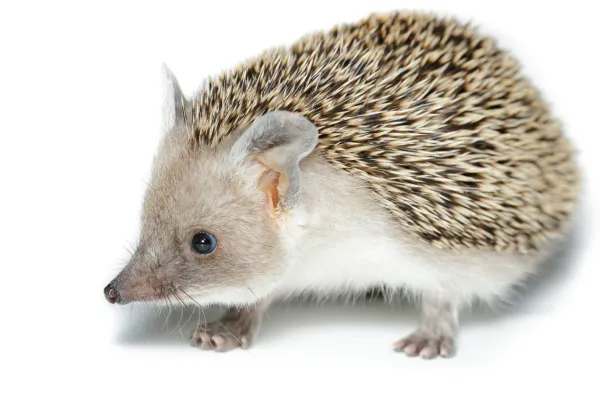
This species has a light-colored belly and face, with long legs. Often confused with the European hedgehog, it is smaller and more streamlined. It measures 18–25 cm and inhabits eastern Spain, the Balearic Islands, the Canary Islands, and North Africa. It is nocturnal and feeds on insects, worms, and snails. Occasionally, it hunts invertebrates.
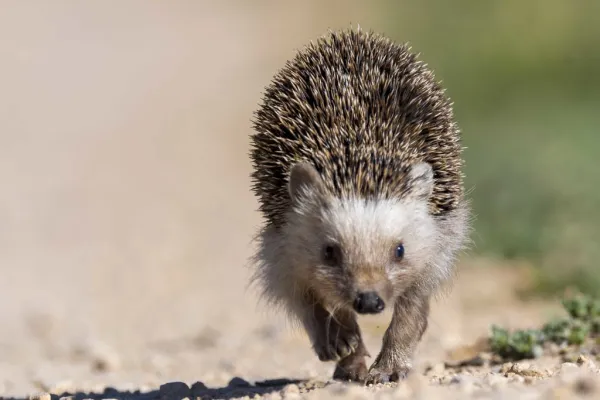
A small species measuring 14–28 cm with dark mottled coloring on the face and belly. Its spines are up to 2.5 cm long and sometimes appear wrinkled. Native to deserts in North Africa, the Arabian Peninsula, and the Middle East, it is known for its ability to curl into a tight ball, fully exposing its spines. It is immune to the venom of its main prey—scorpions and snakes.
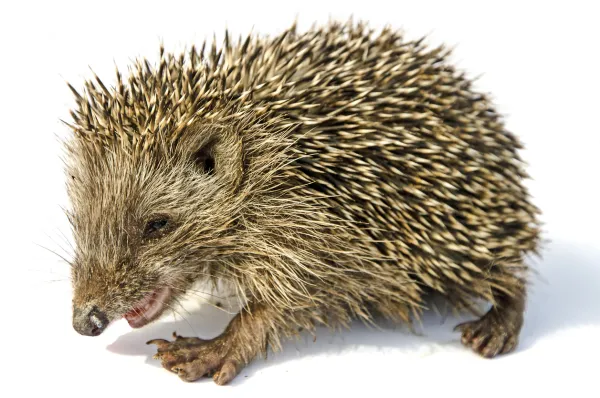
Widespread across woodlands, gardens, and hedgerows in Europe, Scandinavia, and western Russia, this hedgehog hibernates in leaf piles or log piles during winter. It grows 20–30 cm long and weighs up to 800 grams. Two major subspecies exist:
Western European Hedgehog: Has a highly developed sense of smell and can detect food buried up to 3 cm deep.
Eastern European Hedgehog: Ranges from Asia to Germany; prefers nesting in grass rather than burrowing.
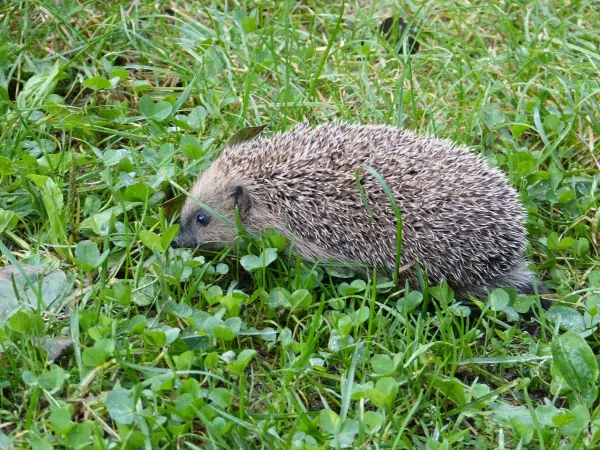
Similar in appearance to the African pygmy hedgehog but distinguished by its five-toed hind feet. It has a white belly, black abdomen, and dark limbs. Endemic to Somalia, its young are born blind with spines hidden beneath the skin that emerge after birth.
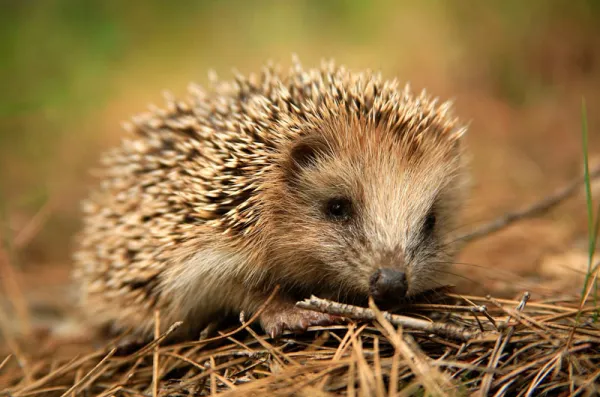
This burrowing species is distributed across North Africa, the Middle East, and Central and South Asia—including India, Pakistan, China, and Mongolia. Burrows can range from 30 to 150 cm deep depending on soil density. It measures about 17 cm and weighs 200–500 grams. It feeds on insects, snakes, bird eggs, and scorpions, and sometimes exhibits cannibalism. Males perform a “mating dance” in front of females before breeding.
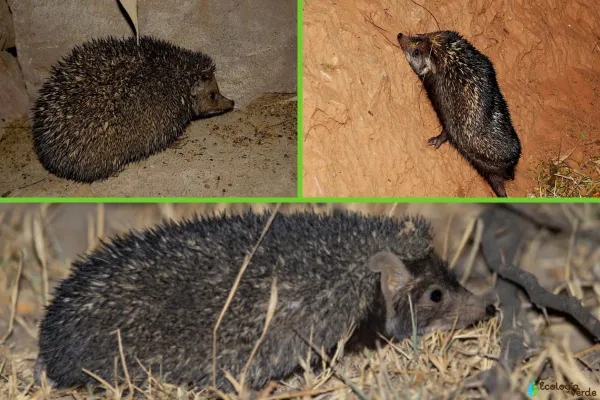
Light-colored with a white ring on its belly, this species inhabits areas near rivers, wetlands, forests, and grasslands across Germany, Russia, Poland, Turkey, and Azerbaijan. Initially classified as a subspecies of the European hedgehog, it was later recognized as a separate species based on physiological and morphological studies.
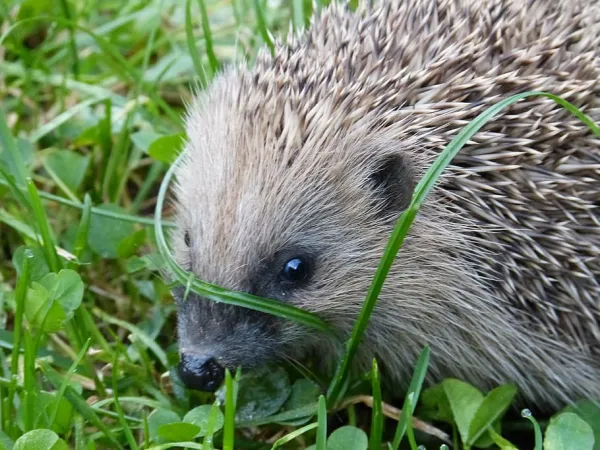
Closely resembles E. concolor but lacks the white belly patch. It digs burrows for shelter and nesting. Found across Eastern Europe, Ukraine, Western Siberia, and Adriatic islands, it includes five subspecies:
E. roumanicus roumanicus
E. roumanicus bolkayi
E. roumanicus drozdovskii
E. roumanicus nesiotes
E. roumanicus pallidus
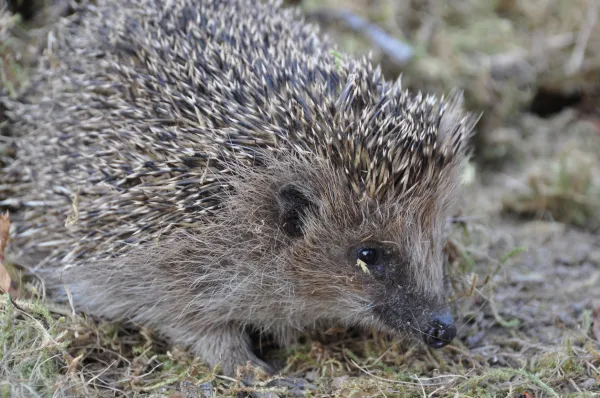
This hedgehog has short, dark spines with a lighter face and belly. It inhabits rocky, acacia-filled scrublands in southern India. Once thought to be extinct in several regions, it has since been sighted in parts of southeast India.
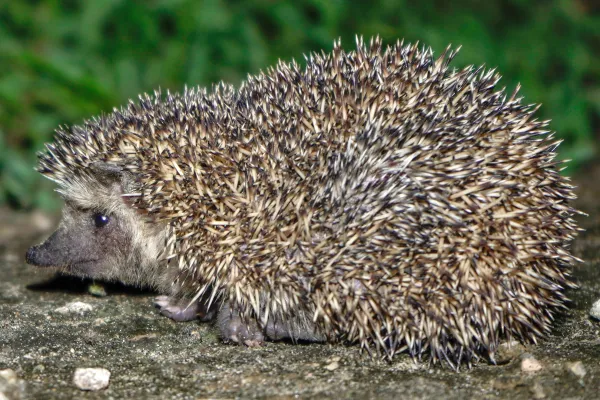
Amur Hedgehog (Erinaceus amurensis) – Found in Northeast China, Korea, and Far East Russia.
Gobi Hedgehog (Mesechinus dauuricus) – Inhabits Mongolia and arid regions of northwestern China.
Indian Hedgehog (Paraechinus micropus) – A small desert species from the Indian subcontinent.
Hugh’s Hedgehog (Mesechinus hughi) – Native to mountainous forests in China.
Brandt’s Hedgehog (Paraechinus hypomelas) – Found in the Middle East and India.
African Pygmy Hedgehog (Atelerix albiventris) – A common pet species native to central Africa.
Despite the similar names, hedgehogs and sea urchins are not related. Hedgehogs are mammals, while sea urchins are echinoderms. Their spines serve a similar protective function but differ completely in structure and evolutionary origin.
Bibliografía
Beatty, R., Beer, A. y Deeming, C. (2010). El Libro de la naturaleza. Gran Bretaña: Dorling Kindersley
Exotic Pet Medical Center. (2020). Especies insectívoras: Erizo. Disponible en: http://exoticpetmedicalcenter.com.mx/especies_insectivoros_erizo.html
Mammal Net, Watch animal wildlife for science. (2021). Eastern hedgehog. Disponible en: https://mammalnet.com/species/erinaceus_concolor_/
Hall, D. (2002). Paraechinus aethiopicus. Disponible en: https://animaldiversity.org/accounts/Paraechinus_aethiopicus/
Myers, P., R. Espinosa, C. S. Parr, T. Jones, G. S. Hammond, y T. A. Dewey. (2021). The animal diversity web. Disponible en: https://animaldiversity.org/search/?q=hedgehog&feature=INFORMATION
Marimuthu, R. y Asokan, K. (2014). Bare-bellied or Madras Hedgehog, Paraechinus nudiventris, (Horsfield 1851) in Coimbatore, Tamil Nadu. Disponible en: https://www.zoosprint.zooreach.org/index.php/zp/article/view/850/835
animal tags: Hedgehogs
We created this article in conjunction with AI technology, then made sure it was fact-checked and edited by a Animals Top editor.